
February sees the wheel of the year slowly turn away from midwinter’s darkest nights and towards the hope of early spring, with the arrival of shy snowdrops and early flowering daffodils bringing joy to gardeners and those less green-fingered alike.
Though February is a key month for gardeners preparing plants for spring and summer, the threat of frost and stormy, cold weather in the UK is ever present (remember the ‘Beast from the East’ and the damage that caused to countless gardens?).
When deciding what to plant in February, it’s wise to split your efforts between preparing the soil for warmer planting, putting hardier plants that can withstand late-winter conditions straight in the ground (even if you have a no-dig garden), and sowing vulnerable seedlings that need a little more protection indoors.
Of course, gardeners will be dealing with different microclimates, so the timing of these February planting tips should be adjusted depending on how far north or south you’re based.
“Natural light levels and day length – which are so critical to good germination and plant growth – begin to improve around the middle of the month,” says , a horticultural adviser and organic kitchen gardener. Mike Thurlow
“Soil in the south of the UK warms up first and is later as you travel north. Scotland can be six-to-eight weeks behind the south coast – even more so in a ‘bad’ spring.”
Every gardener knows it’s best practice to stay one step ahead when it comes to seasonal garden preparations.
Ensure your garden shed is stocked with enough planting tools to make your neighbours green with envy with our essential February planting kit list:
February’s unpredictable weather sees daily average temperatures range from a high of 7°C to a low of 1°C.
With freezing conditions that affect soil just one degree away at times, many seeds can be more successfully sown indoors – be that in a greenhouse, propagator, garden frame or on a bright windowsill.

Ideally, temperatures outside need to be 10 ° C before any seedlings are transferred into the ground.
Until then, the following fruit and vegetables can be sown indoors:
Aubergines, tomatoes and cucumber grow quickly, so can be prepared from mid-February onwards.
Hardier vegetables may well be able to survive a cold snap outside, but there's no harm in kickstarting their growth indoors if you have space.
When it comes to planning what flowers to grow in 2025, stubborn cost-of-living concerns could impact the extravagance of our wish lists.
That’s why Mike Palmer – professional gardener, garden designer and chair of the Garden Media Guild – keeps costs down by growing his perennials from seed.
“This year, I will be starting with Echinops ritro (globe thistle) and Gaura lindheimeri (gaura),” Palmer says.
“To optimise success, I will sow these and place them on a warm, bright windowsill.
“When large enough to handle, they will be pricked out and transplanted into small multi-cell seed trays using a good quality, peat-free seed compost before gradually hardening off as we approach the much anticipated, warmer spring weather.”

The value for money of each seed packet will also stretch further if they’re sown with a zero-waste mindset.
“Don’t be tempted to sow too much seed,” advises Thurlow. “It’s wasteful and crowded seedling are sure to die off. Only sow enough to meet your needs. It makes best use of pots/trays, compost and most importantly space.”
He says that generally, sweet pea, cosmos, lavender, dahlia, salvia and busy Lizzie seeds can be sown in February.
Thurlow also suggests sowing small pinches of hardy annual and perennial seed in individual pots (aim for five seeds per 9cm/3inch pot filled with fresh seed compost) ready for planting out in April.
“I prefer not to soak the seeds beforehand,” he adds. “Modern seed production methods mean that the seed is fresh and ready to go. Soaking the seeds encourages too much water absorption, causing the seed to swell rapidly and rot.
“Using fresh compost straight from the bag is usually moist enough to germinate the seed. You could fill the pots with compost, water them and allow to drain for about an hour before sowing.”
Thurlow also warns against buying or using compost leftover from last year, suggesting that you look for bright, clean shiny new bags kept dry under cover and that feel like a plump pillow instead.
Feeling brave? Then let’s tackle what to plant directly into the ground this February.
Though frozen soil and unseasonably mild wet conditions threaten gardeners’ best efforts alike, calculated risks can yield great success.
“Soil temperatures need to be at least 6°C before any direct planting can be considered,” says Thurlow.
“The rule of thumb is that mid-February sees the sun climb higher in the sky, so its beneficial rays begin to warm the soil.”
Prior to this though, you can help to warm the soil with any covering (whether that’s cloches, frames, bubble wrap or old sheets – whatever you have handy or can repurpose) readying it for hardier plants than can withstand February’s fickle weather.

“You can plant fruit trees and bushes, grapevines, hedges and rose bushes straight into the ground as long as it’s not frozen,” advises professional gardener Holly Vandyke.
“Broad beans can also be directly sown into unfrozen ground, and if your soil is warmer, or if you’re able to utilise pots and coverings for protection, try early lettuces, parsnips, winter salad leaves, hardy peas, carrots, turnips, radishes and spinach.”
Thurlow also mentions Mersley Wight softneck garlic, which is well suited to the UK climate in free-draining soil and stores well once harvested in late July.
And not forgetting those flowers – he suggests potting dahlias, reviving half-hardy fuchsia in pots, planting ornamental alliums, lily bulbs and clematis (as long as the soil isn’t frozen, of course), and lifting and dividing early flowering snowdrops.

As well as sowing seeds, those among you who may already have rhubarb on the go – having likely planted offsets cut from robust parent plants, known as the crown, in autumn – will find February an ideal time to place rhubarb forcers overhead (be that an upturned bucket plant pot or purpose-built terracotta forcer) to encourage early growth.
This should hopefully ensure you have some stalks to harvest in March.
Thurlow also recommends you chit early potatoes - encouraging the tuber to produce strong, short, stubby green shoots before planting - allowing six weeks before planting.
Towards the end of month, Thurlow suggests feeding your entire garden with a general fertiliser – such as pellet poultry manure – and to gently stir it into the soil (you won’t have to do this again until the middle of summer).
Certain plants will benefit from a little pruning at this time of year.
"Winter pruning is vital for late-summer fruiting and flowering woody plants ahead of their growing season – so apples, pears and later raspberries, climbing or shrub roses, and herbaceous climbers that are all productive on this year’s growth," says Saga Magazine gardening expert Lucy Hall.
February is a great time to give your greenhouse a deep clean before you start your planting in March.
"Scrub out every corner with a stiff brush to remove lingering pests that could damage young growth," advises Hall. "This also sweeps away dirt, moss and algae that harbour fungal spores and damp. Then wash all panes inside and out."
Whether your soil remains frozen until March, or is warmed and ready to go, now is the time to really plan your garden for the summer ahead.
This guide has plenty of jobs to keep you busy, whether you have an allotment on the go, have houseplants to care for, or just want to look after the wildlife you share your garden with.
Rosanna Spence has been a journalist for 10 years, reporting on a huge array of topics – from microwaves to cocktails, sustainable buildings, the Caribbean islands and beyond. She’s interviewed chefs at the helm of Michelin-starred restaurants and chatted to countless CEOs about their businesses, as well as created travel guides for experienced travellers seeking life-changing adventures. Throughout her career, she has created content for Business Traveller, i-escape.com, Pub & Bar, BRITA, Dine Out and many more leading titles and brands.
View author page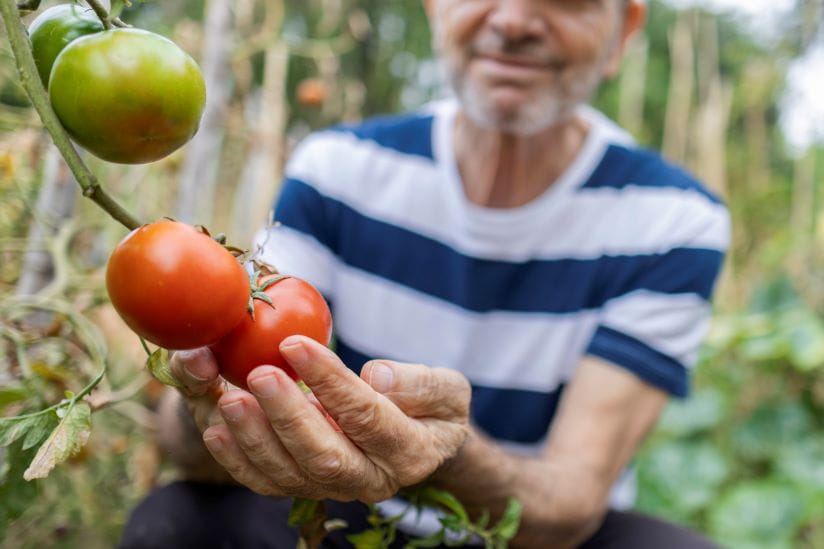
Rekha Mistry shares her top vegetables to grow in your garden all year round.
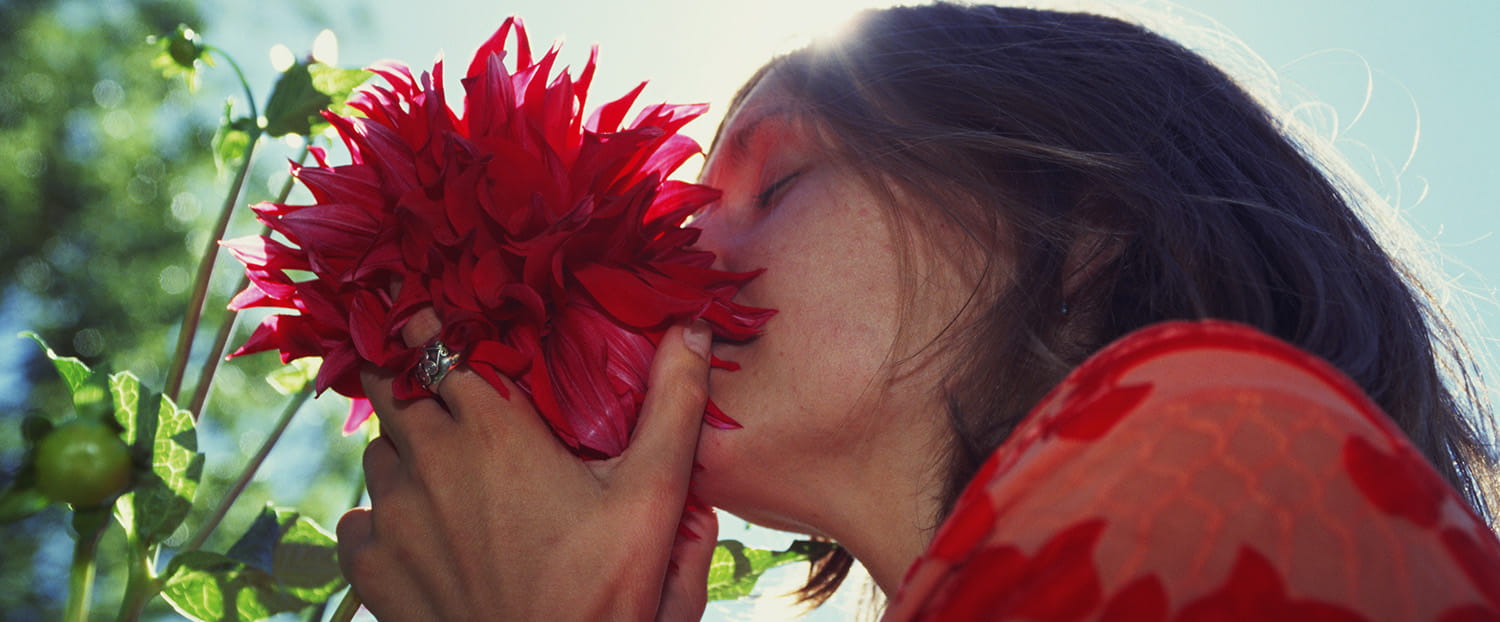
We explain the science and have 7 of the best scented plants for your garden.
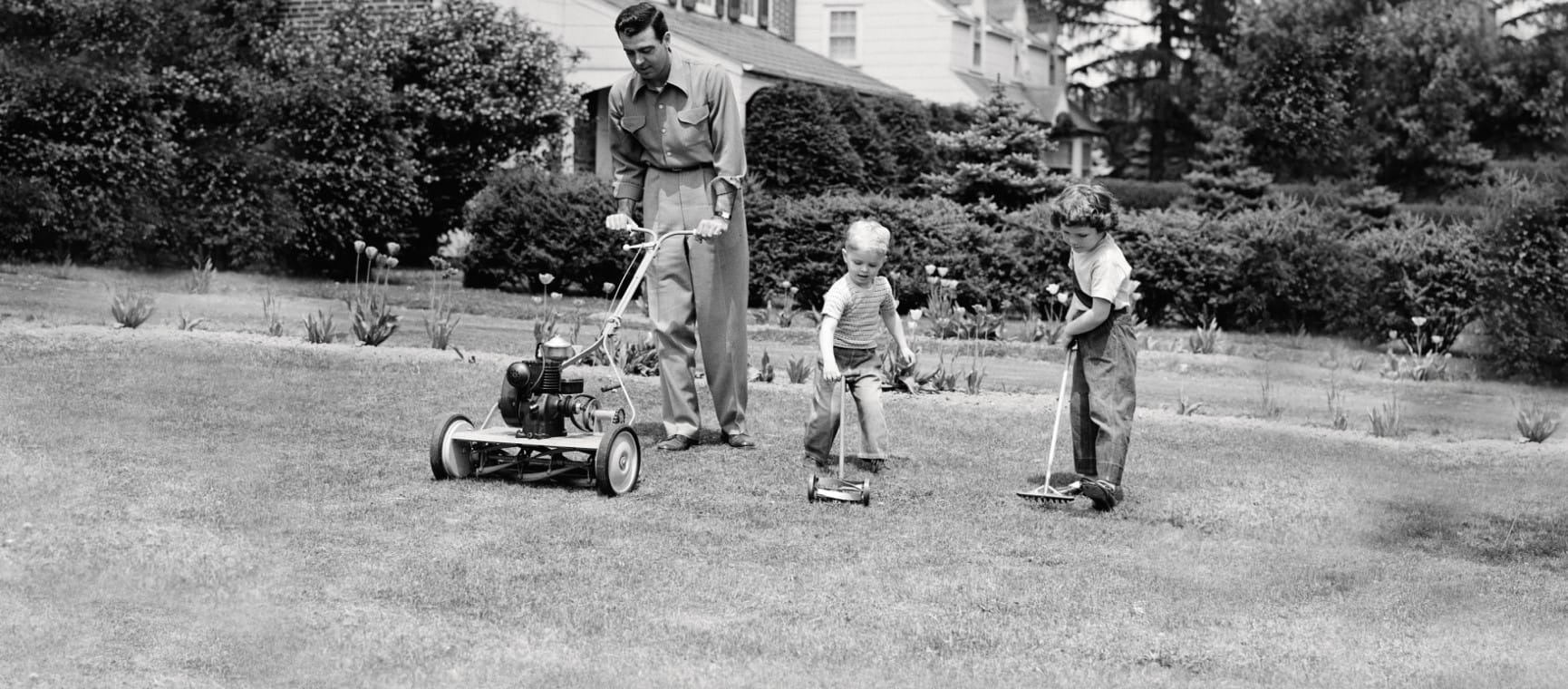
From robot mowers to electric pruning shears, spruce up your outside space with four of the best garden gadgets

Our expert pruning and watering hacks include a top tip to keep them flowering from Alan Titchmarsh.

Don’t make these bird-feeding mistakes. Expert advice on how to feed birds in your garden safely.

Blighted by buzzing? How to keep wasps out of your garden without harming them so you can enjoy the summer.
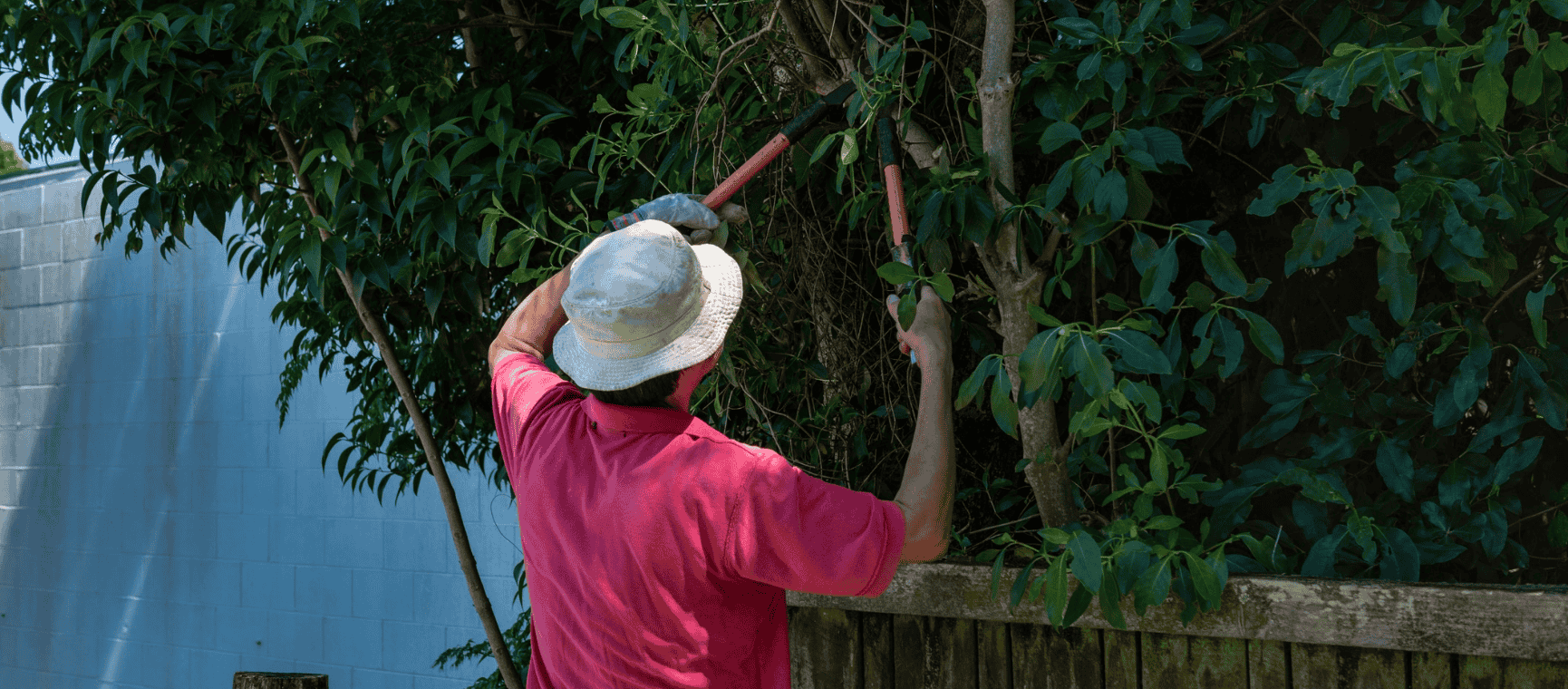
The ways you could be breaking the law in your back garden - with expert advice on how to avoid neighbour disputes, a fine or even a prosecution.

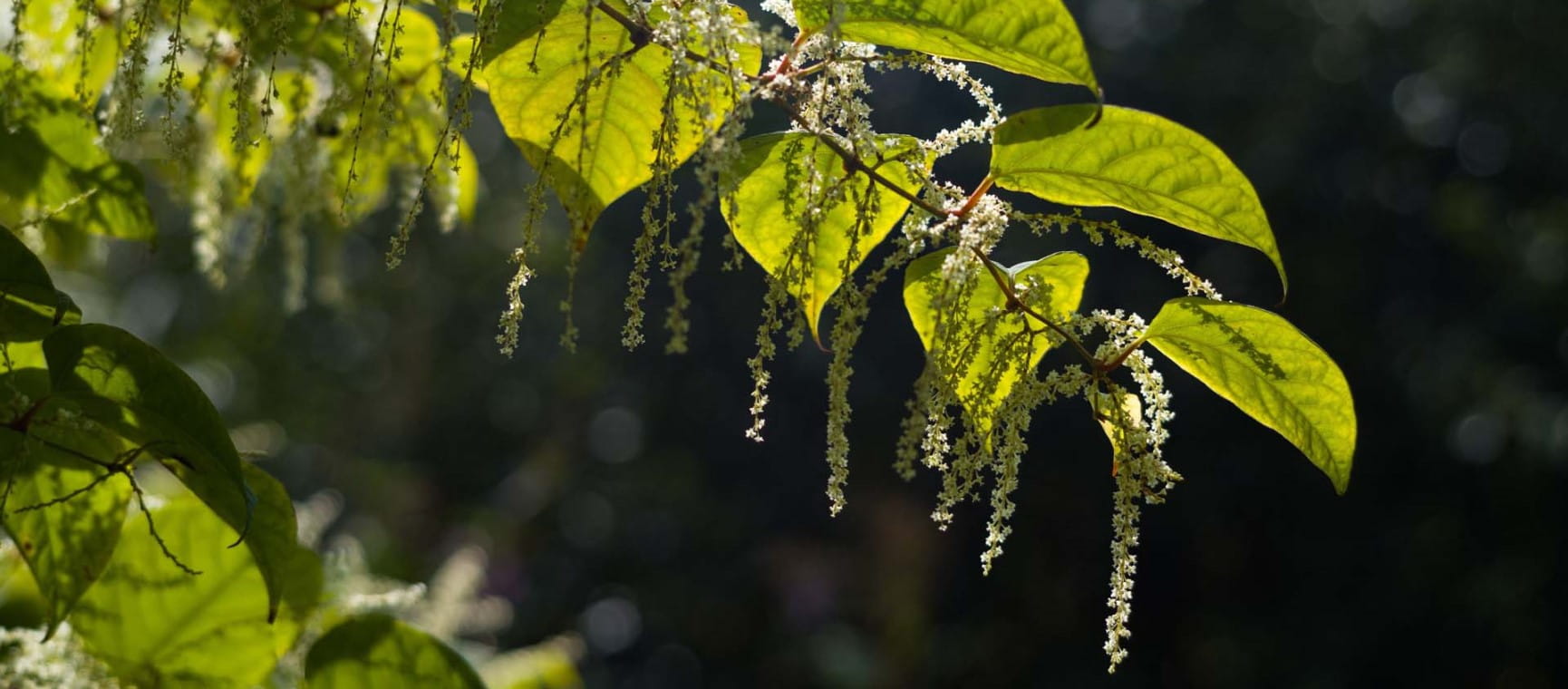
Everything you need to know about Japanese knotweed, the fast-growing plant nobody wants in their garden.